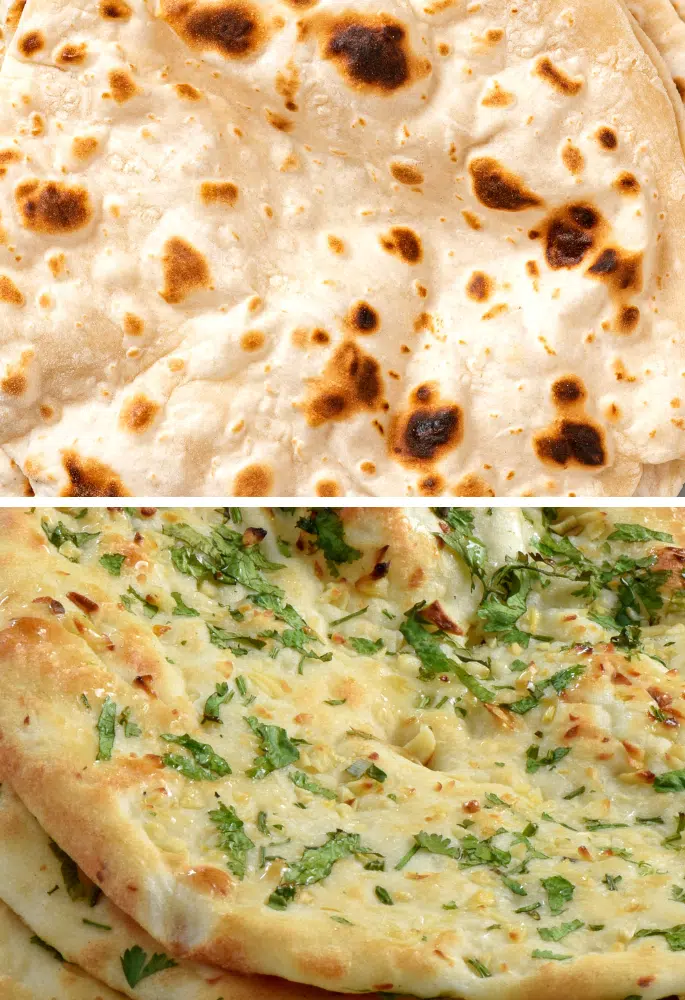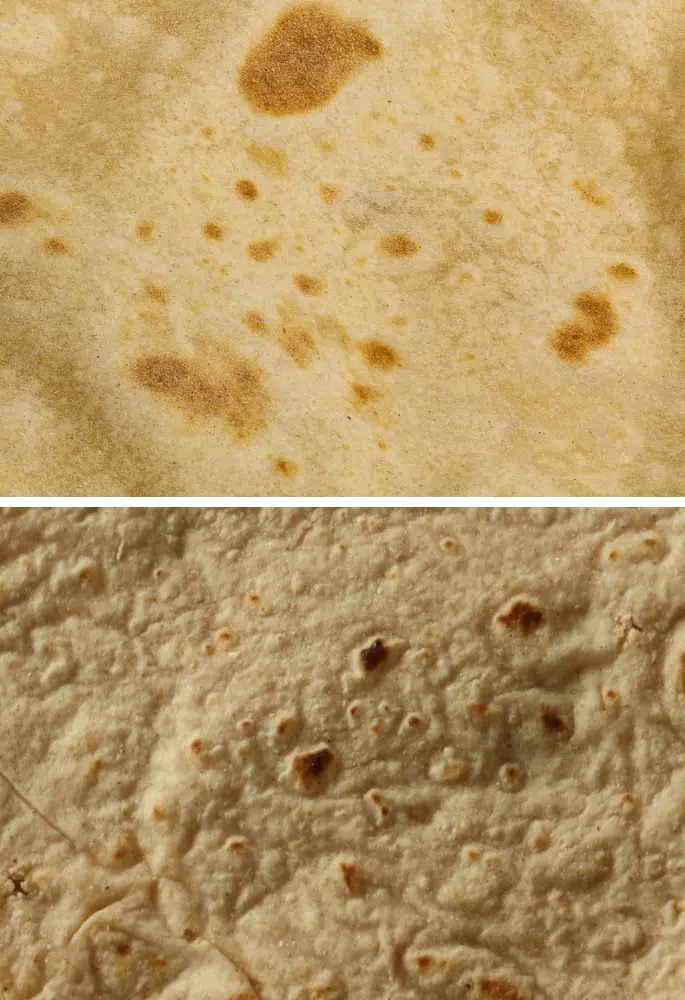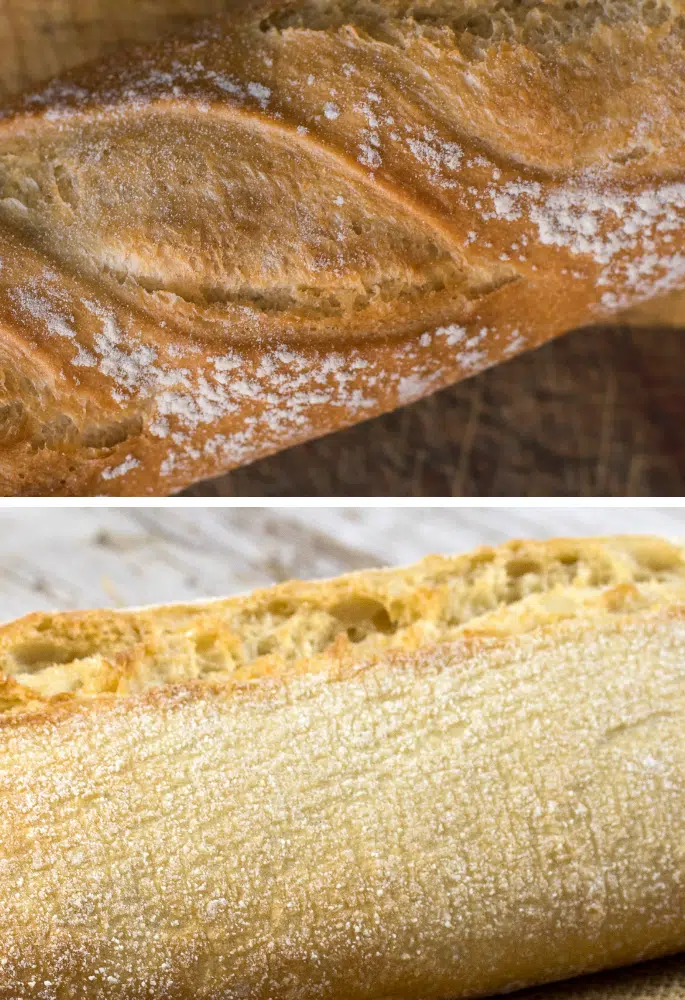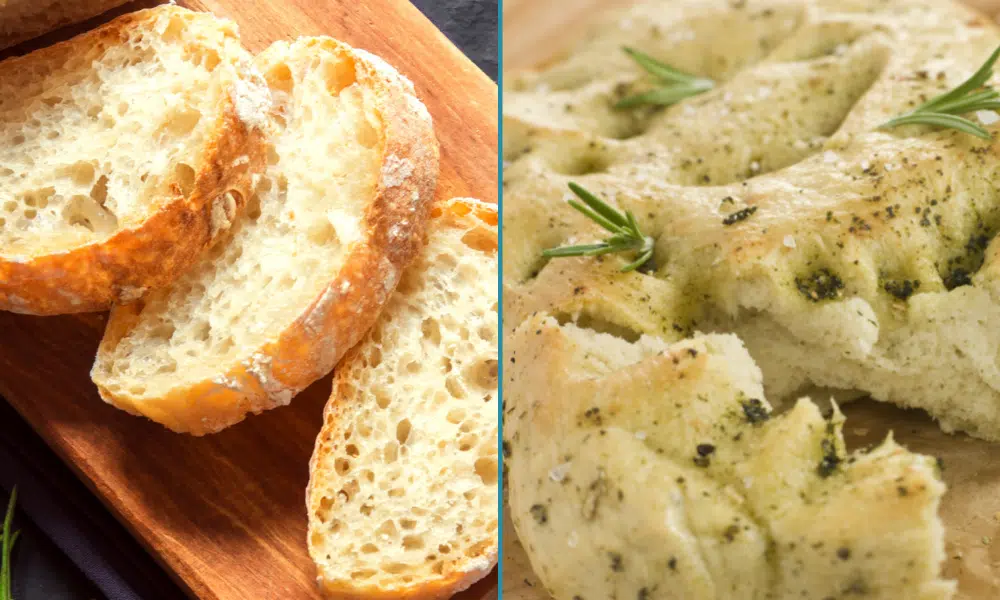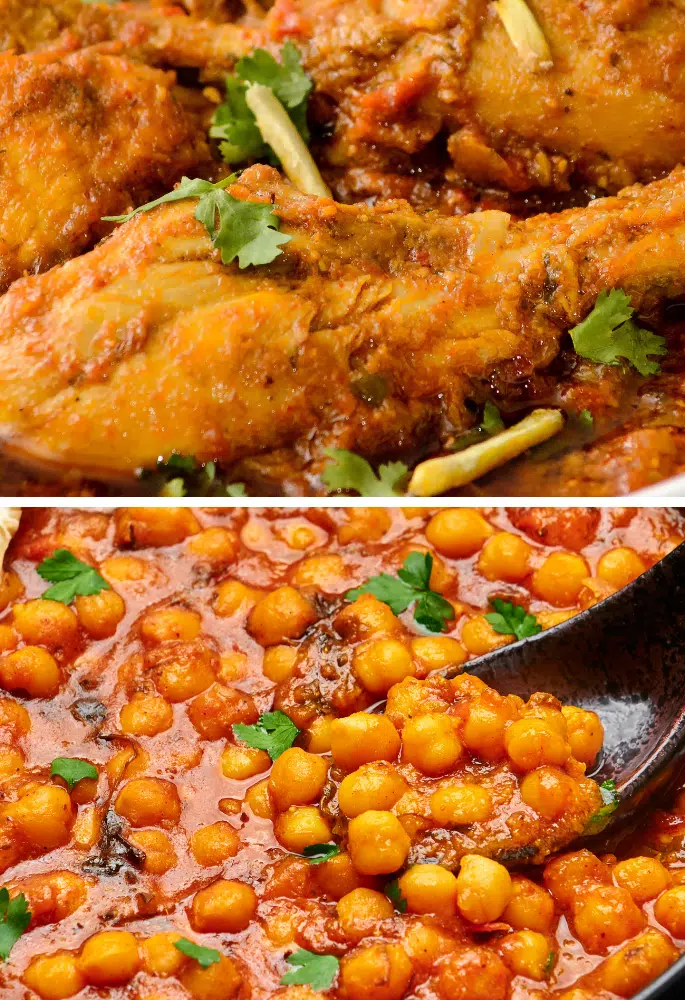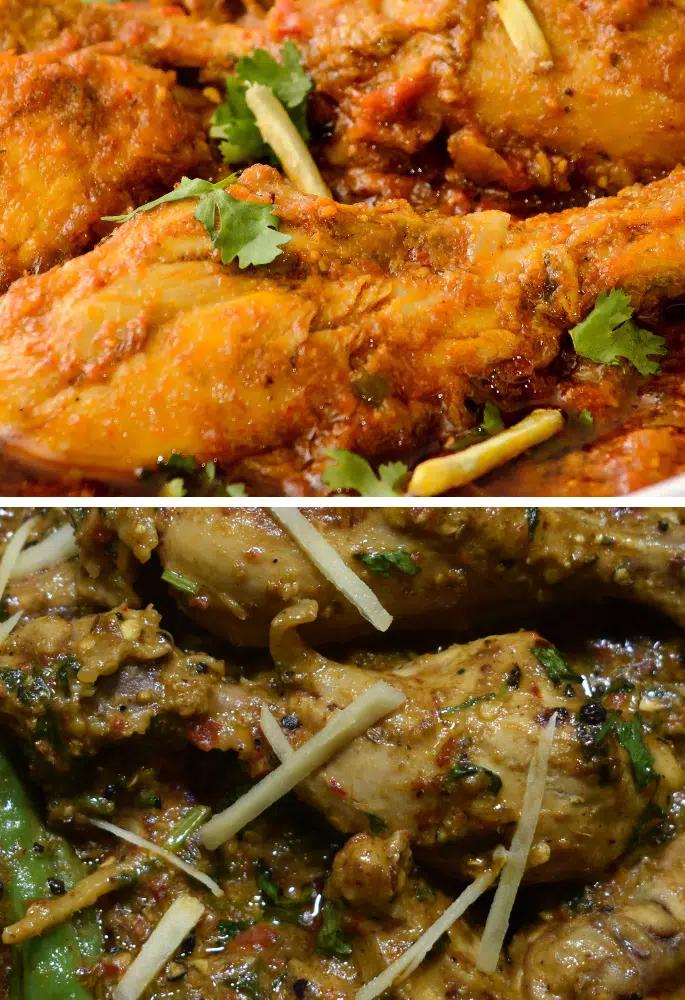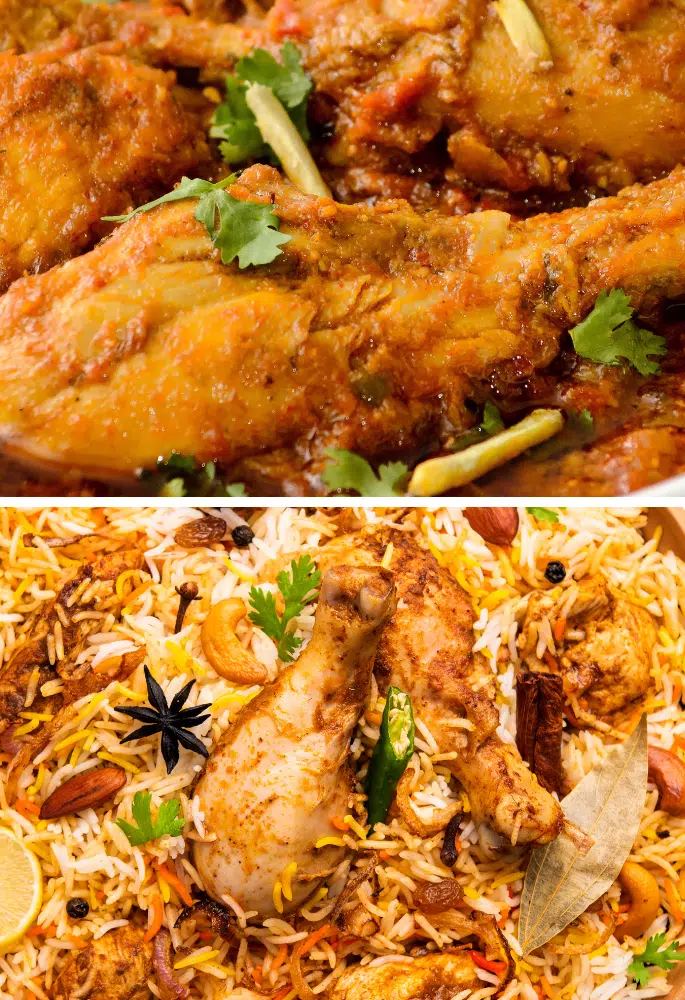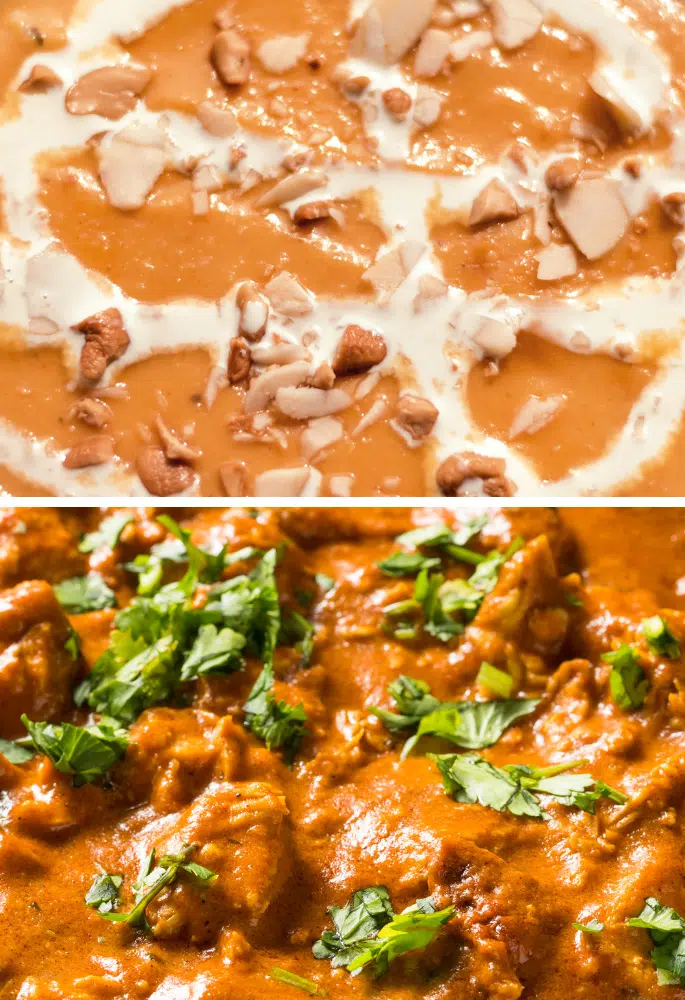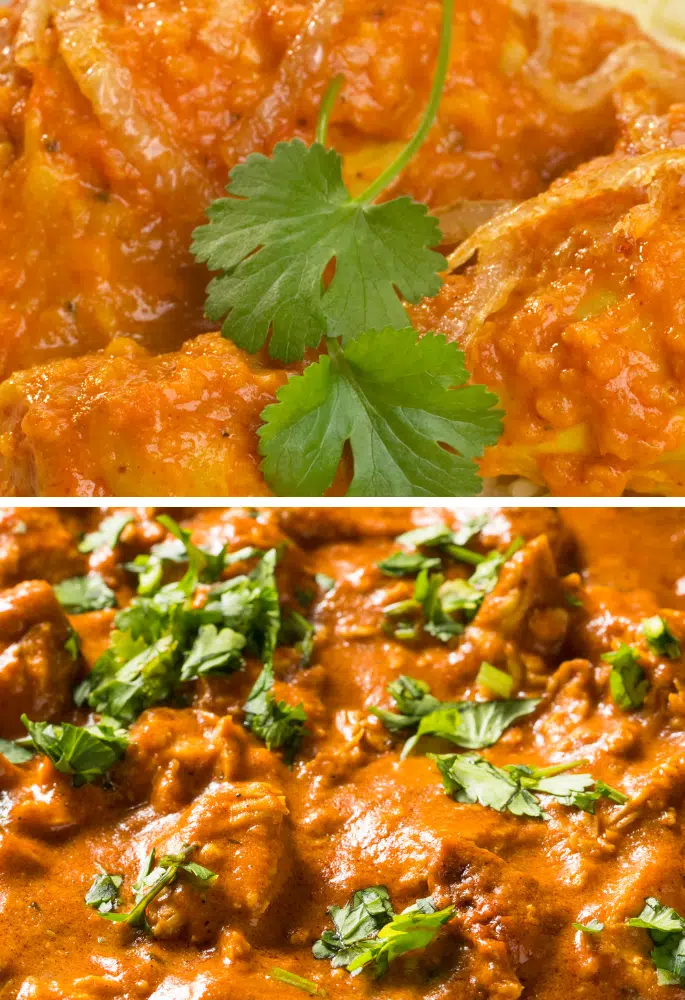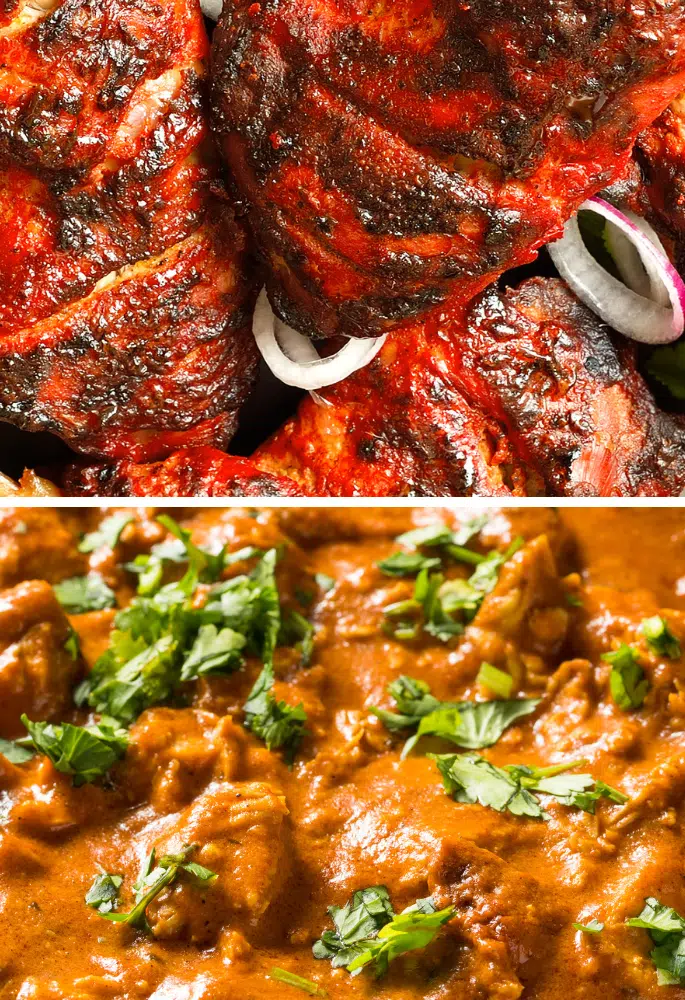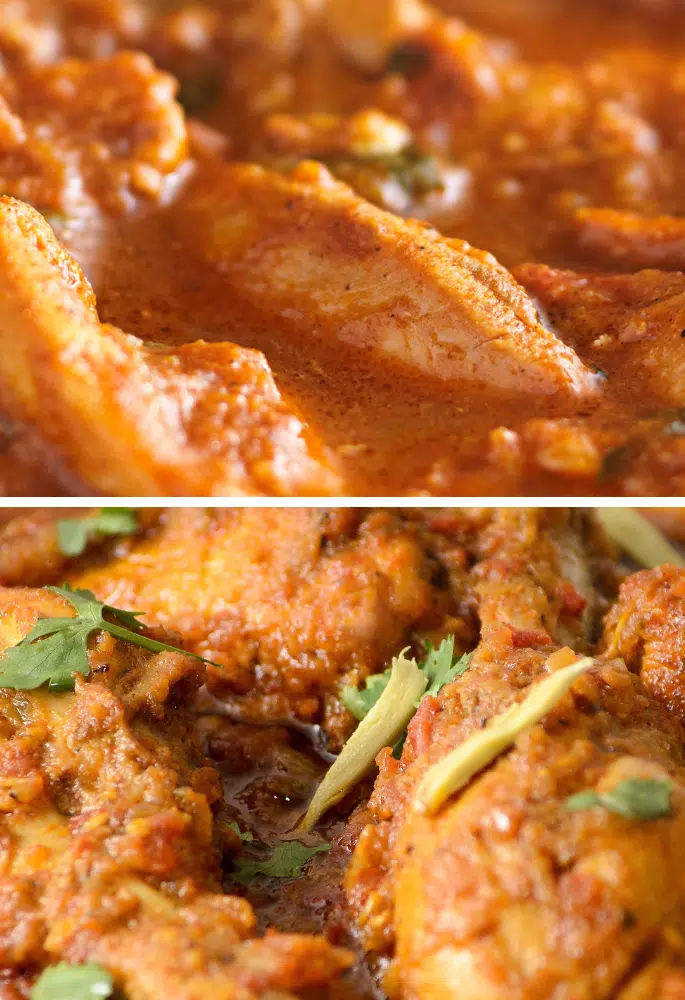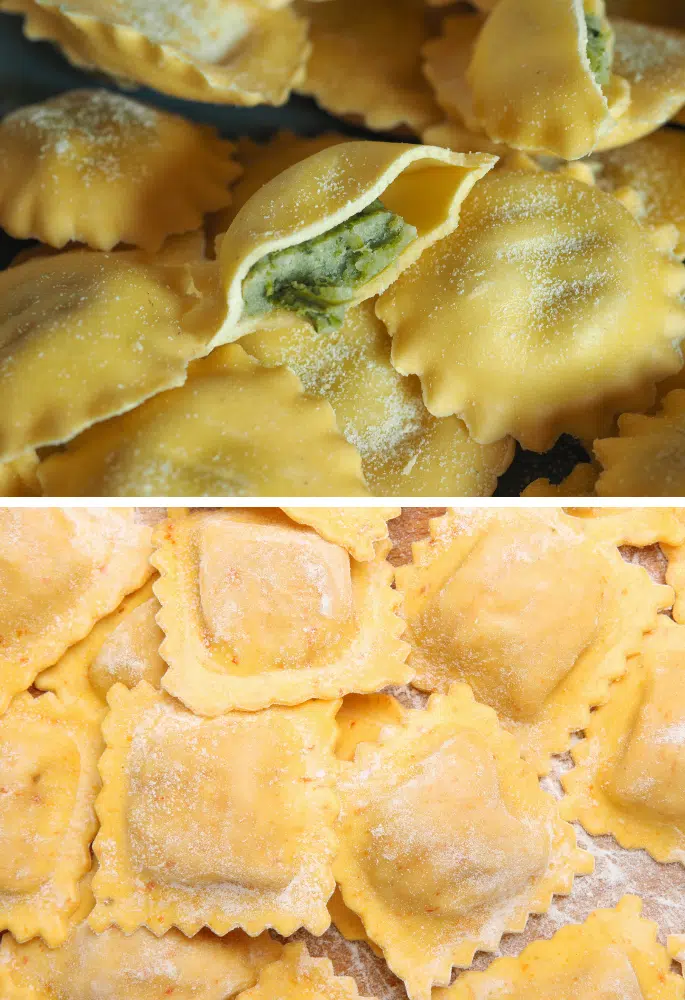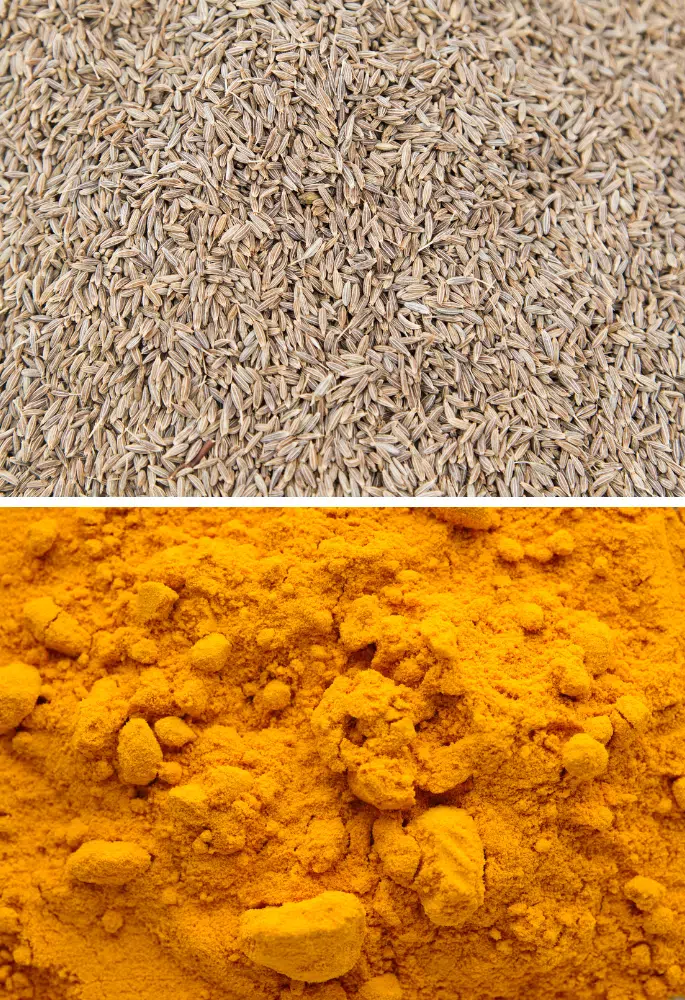Although these breads look fairly similar from afar and are often part of an Asian-inspired meal, are chapati and roti the same thing, or do they have more differences than you’d imagine?
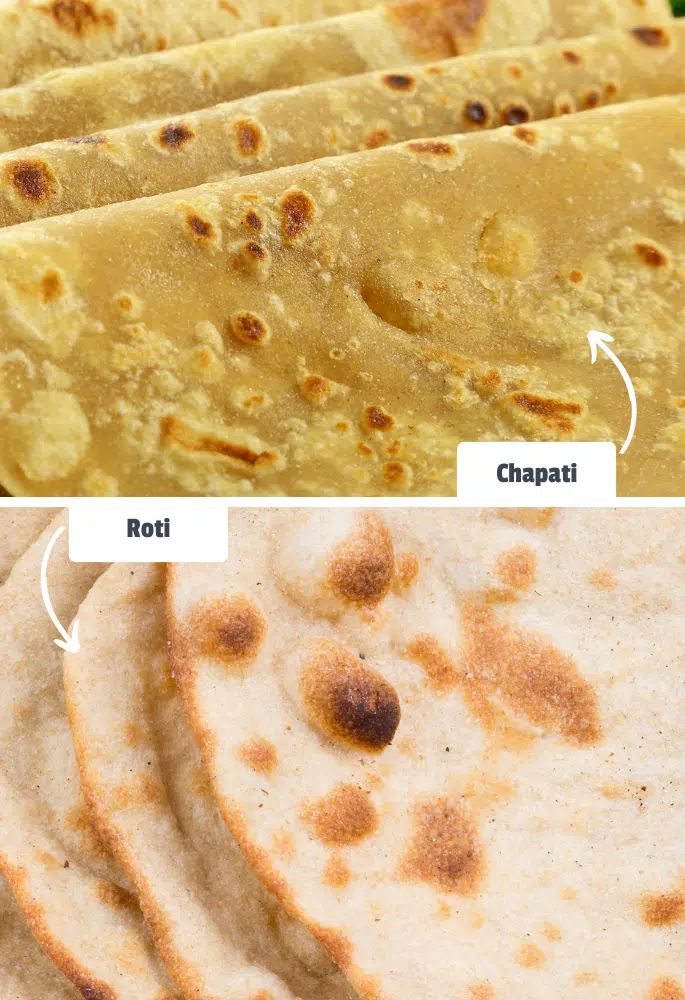
Chapatis are typically softer and thinner, often made with a small amount of oil in the dough and sometimes puffed over an open flame, giving them a distinct layered texture and smoky flavour. Roti is generally a bit thicker, without oil in the dough, and is cooked entirely on a griddle.
What is a Chapati?
A chapati is a quintessential Indian flatbread that forms an integral part of daily meals across many regions in the Indian subcontinent.
The dough is prepared by kneading whole wheat flour with water to form a soft and pliable consistency, sometimes with a touch of oil or ghee and salt for flavour.
Thin discs of the dough are then laid on a preheated tawa, a flat or slightly concave iron griddle. The chapati is first cooked on one side until it shows tiny bubbles, then flipped to cook on the other.
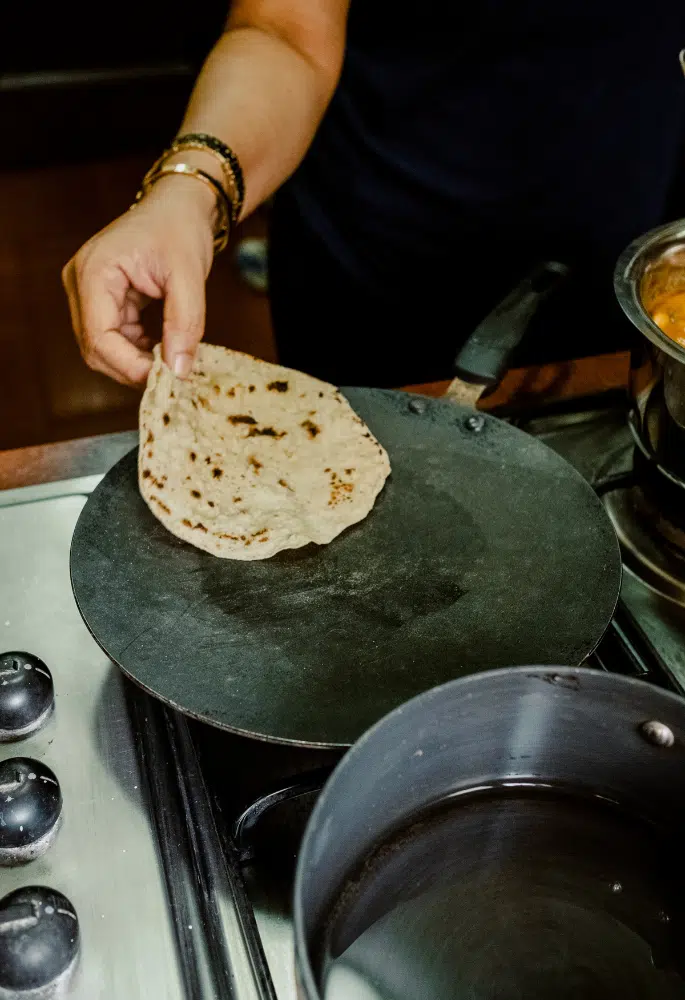
As it cooks, steam causes the chapati to puff up, often ballooning into a perfect sphere if the heat is evenly distributed. This puffing helps create light layers.
Traditionally, the final stage involves briefly toasting the chapati over an open flame, which imparts a charred flavour and completes the cooking process, although this step may be skipped depending on preference and cooking method. The finished chapati is typically served warm, often with a dab of ghee.
What is a Roti?
A roti is a type of unleavened flatbread that is also prevalent in the Indian subcontinent but also in many Caribbean countries, where it is a staple part of the diet.
Like chapati, it is made from stoneground wholemeal flour, traditionally known as atta in South Asia, and water to form a dough. The dough is typically free from any added fats.
The process of making a roti involves combining the atta and water, kneading it into a soft, elastic dough, and then resting it to ensure the gluten is well-developed, which makes the dough easier to roll out. Small pieces of dough are then pinched off and rolled into balls, flattened and rolled out into thin circles.
Unlike chapati, roti is not typically toasted over an open flame. Once cooked, it may be slathered with ghee or oil, but this step is optional and depends on regional or familial customs.
Similarities Between Chapati and Roti
Although they are not the same, they do share a surprising number of similar characteristics:
- Basic Ingredients: Both chapatis and rotis are made from whole wheat flour, known as atta, and water, forming the fundamental components of their dough.
- Unleavened Nature: Neither chapati nor roti use yeast or any leavening agents, making them flatbreads that rely on cooking techniques for any rise.
- Preparation: The dough for both is usually kneaded to a soft consistency and then portioned and rolled out into thin, circular shapes before cooking.
- Cookware: Chapatis and rotis are commonly cooked on a flat or slightly concave griddle, referred to as a tava, which is standard in many Indian households.
- Versatility: Both breads are extremely versatile and serve as a staple accompaniment to a wide variety of dishes, including curries, vegetables, and lentils.
- Cultural Significance: Chapatis and rotis hold significant cultural importance across regions in South Asia, often associated with home cooking and daily meals.
- Dietary Role: In the diets where they are staples, both chapatis and rotis provide a major source of carbohydrates and are typically eaten at all meal times.
Differences Between Chapati and Roti
Although the list of similarities is quite extensive, there are still a handful of things that make these two Asian breads different:
- Dough Ingredients: While both are made from similar basic ingredients, chapati dough usually incorporates a small amount of oil or melted ghee, in contrast to roti dough which is traditionally mixed without any added fats.
- Cooking Method: Chapatis are often cooked on a tava and then puffed over an open flame for a smoky finish, whereas rotis are typically cooked entirely on the tava, with no flame puffing.
- Texture: The texture of a chapati is generally softer with visible layers due to the puffing process, whereas a roti tends to be more uniform and slightly denser.
- Regional Variations: Chapatis are more commonly eaten in North India and East Africa, whilst rotis are widespread throughout South Asia and also in the Caribbean.
- Fat Content: Chapatis contain a bit more fat owing to the oil or ghee in the dough, compared to the leaner composition of rotis, which have no fat in their dough.
- Flavour: Chapatis may have a delicate, smoky flavour when puffed over an open flame, unlike rotis, which have a more pure, wheaty taste as they are not smoked.
- Serving Tradition: Chapatis are often brushed with ghee post-cooking, enriching their flavour, while rotis are typically served without ghee, although it can be added if preferred.
Yes, chapati can typically be substituted for roti, as both are unleavened flatbreads common in South Asian cuisine and both will work to soak up the sauce of a curry left in your bowl.
Chapati vs Roti: Which Wins?
If you could only eat one or the other for the rest of your life, which would you vote for? It’s time to decide which of these two wins:
Do You Prefer Chapati or Roti?
Hailing from Liverpool, Oliver is an adventurous chef with a penchant for exploring diverse cuisines and novel ingredients. Ollie, combining his love for local British flavours with global influences, brings innovation and charm to home cooking.


